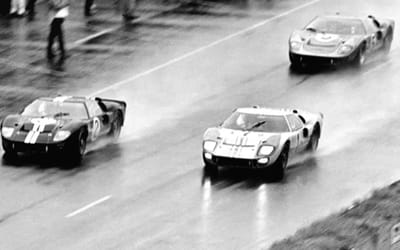Mega-detailed images of the Moon took 250,000 frames to capture
- Check out these detailed images of the moon as you’ve never seen it before
- Captured “the most basic astronomical camera” with my 8 inch telescope attached
- They reveal textures and hues of the lunar landscape you’d never expect
Published on Feb 19, 2024 at 3:46 PM (UTC+4)
by Amelia Jean Hershman-Jones
Last updated on Feb 20, 2024 at 1:13 PM (UTC+4)
Edited by
Alessandro Renesis
These stunningly detailed images of the moon capture the lunar landscape as you’ve never seen it beefore.
Photographed by astrophotographer, Darya Kawa Mirza, it left the internet mesmerised.
And it wasn’t just an iPhone he used to take the snaps.
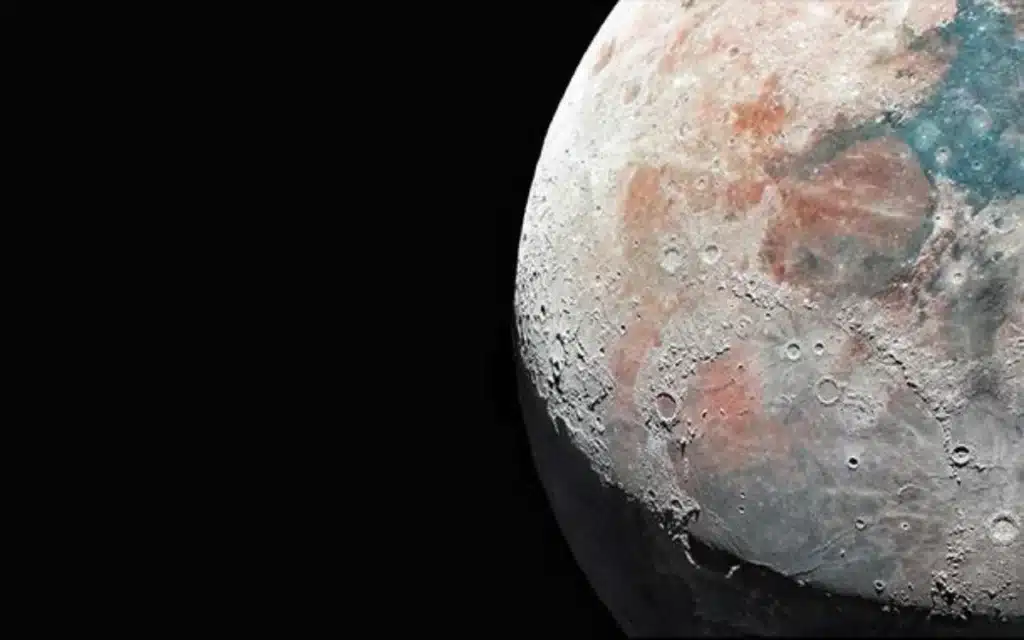
READ MORE! SpaceX Falcon 9 makes astonishing water landing after missing initial target
He took the photographs with a Celestron NexStar 8SE attached to a Canon EOS 1200D.
Its beauty lies in its clarity.
Showing the illuminated section of the Moon in great detail, the image reveals everything from crater marks to ridges.
Mirza proudly shared the image to Reddit back in 2022 alongside the caption: “One of the sharpest moon image[s] I ever captured through a 8-inch telescope.”
The image is obviously awe-inspiring, however it’s also interesting to note the array of colors visible.
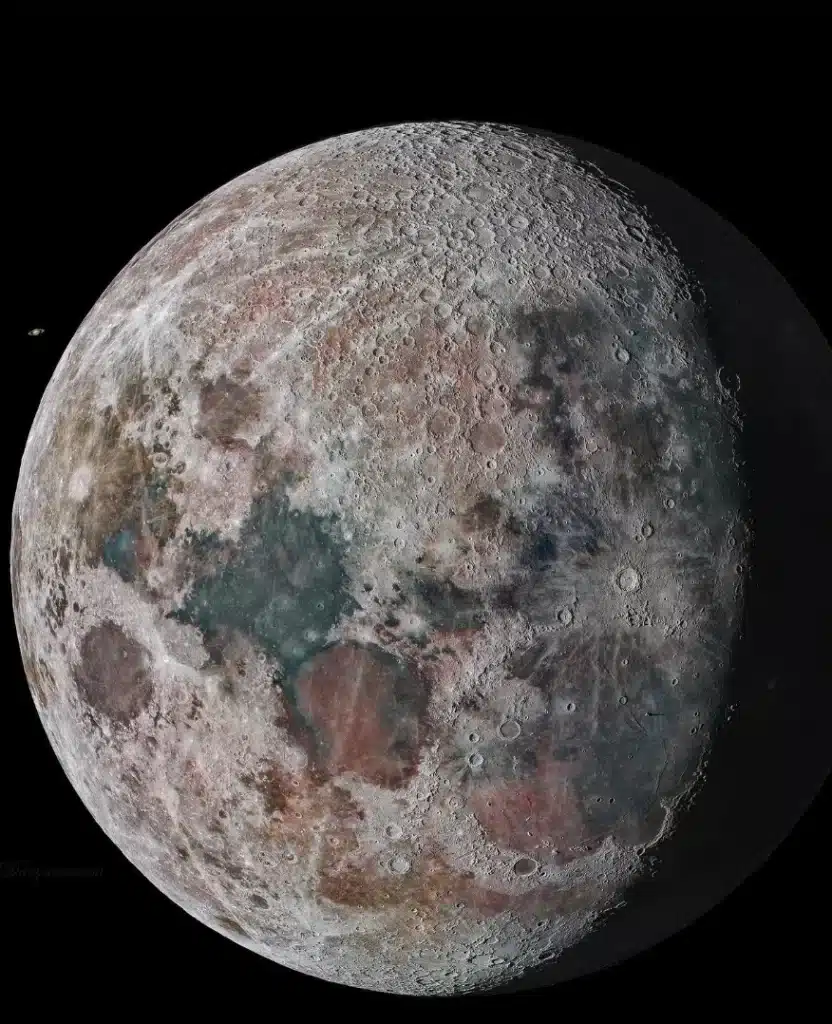
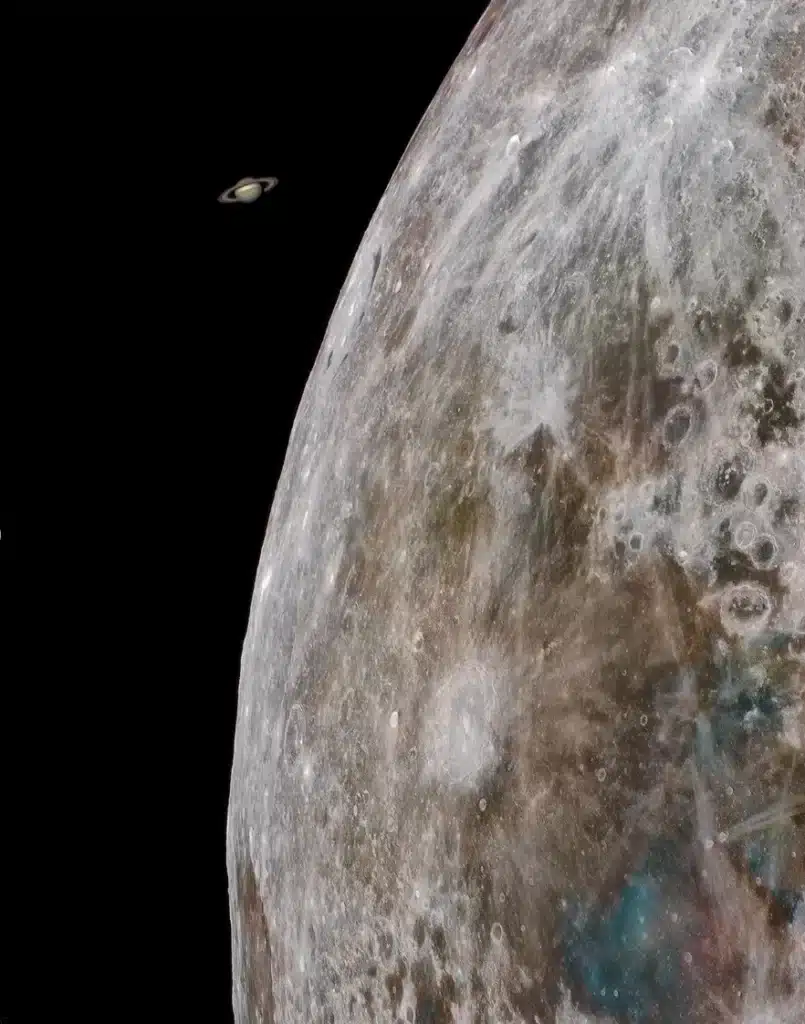
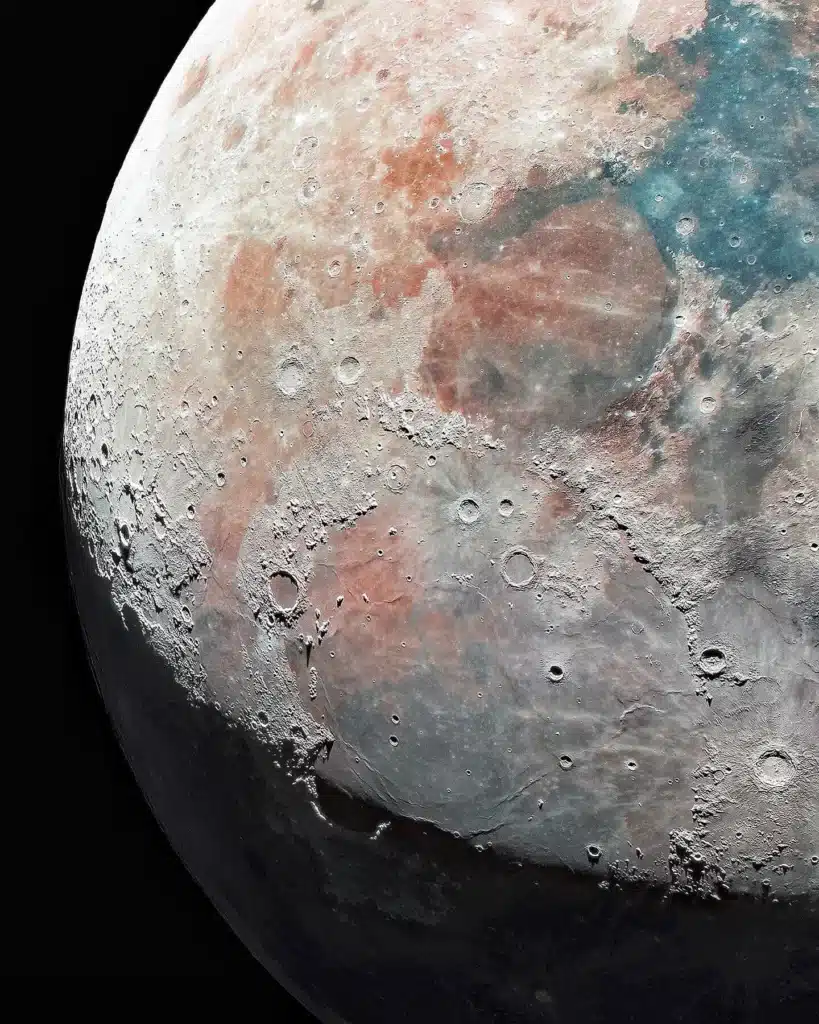
It reveals that, while we think of the Moon as white and grey – because that’s how it appears from Earth with the naked eye – it in fact features hues of blue and ochre you might not expect.
“I started shooting 360 raw images then I combined them into one to reveal the color and increase the sharpness as well as the clarity of the surface,” he said.
“Keep in mind this is a cropped version from the original one. I mainly use photoshop to merge all my images”.
While now archived, since it was shared the photo garnered more than 62,000 upvotes and around 1,000 comments.
He shared more details on his process to his Instagram account.
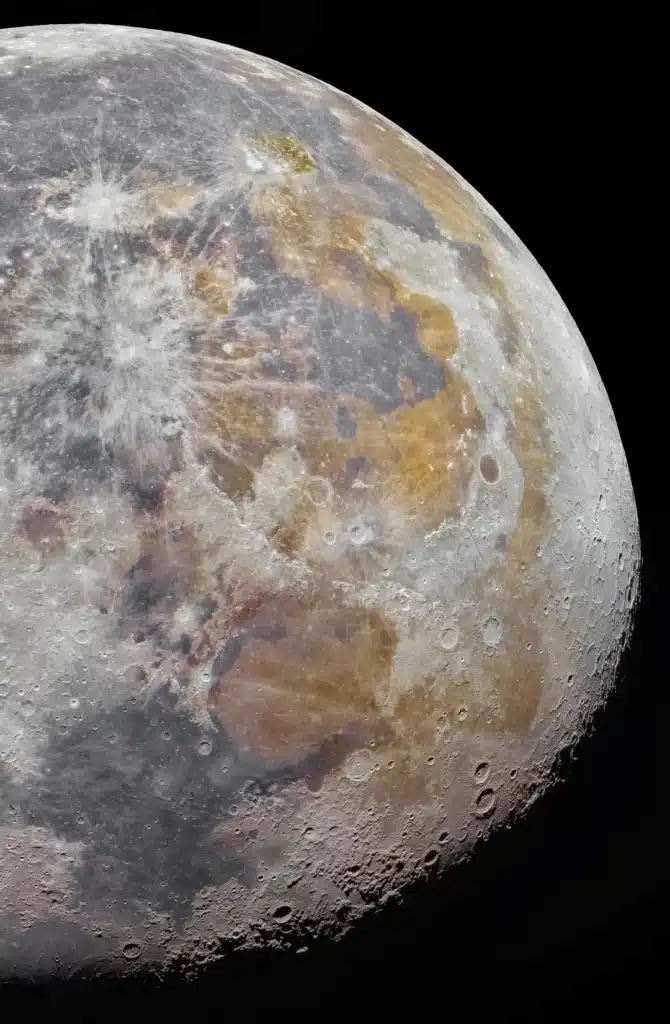
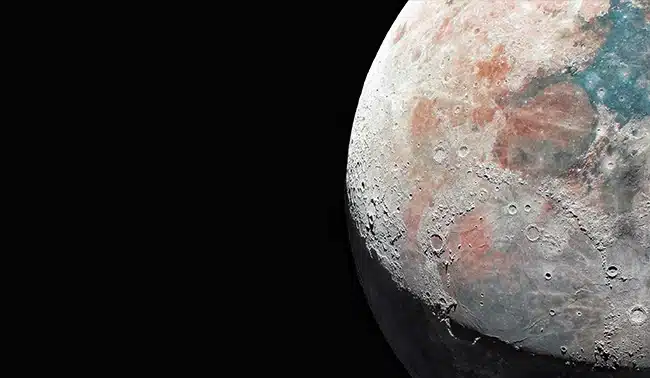
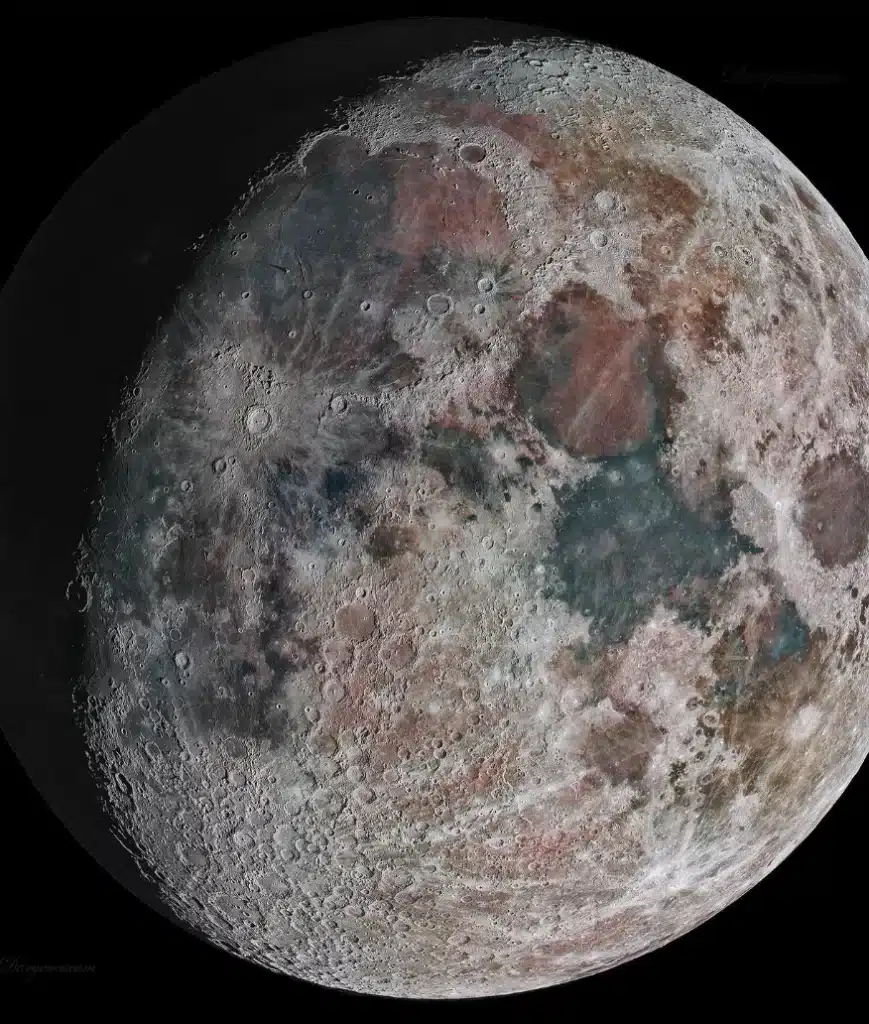
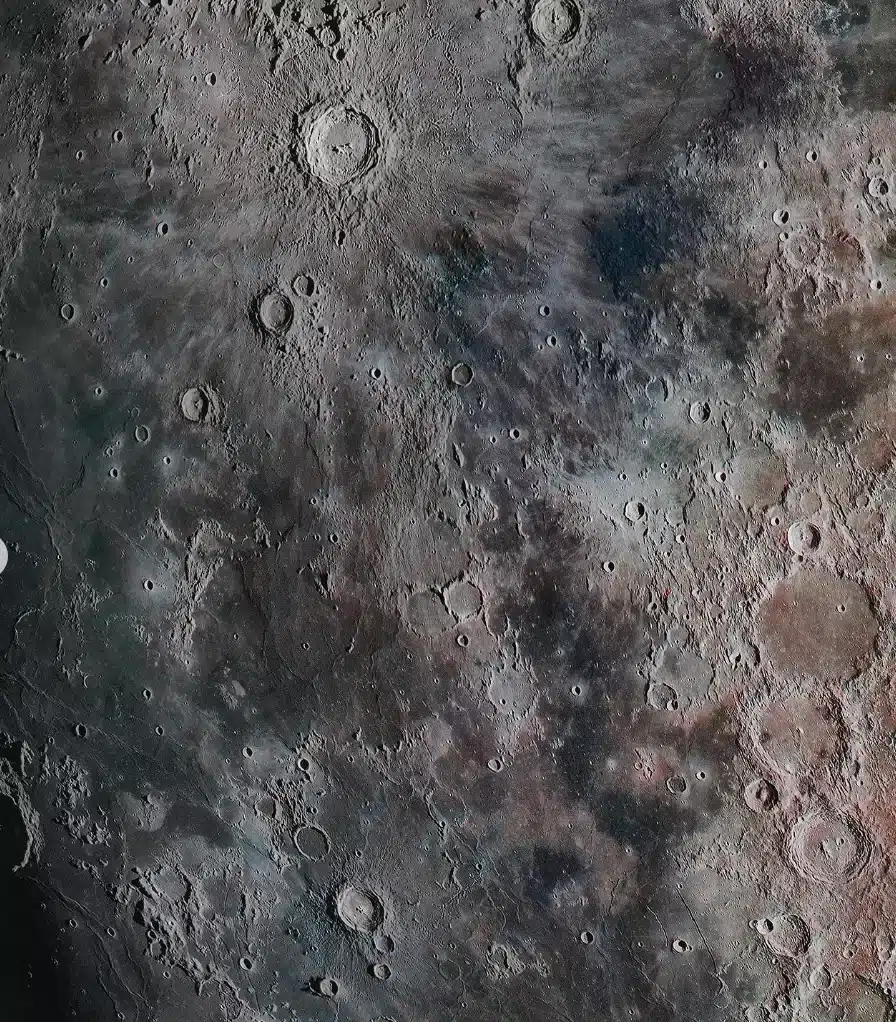
“I took almost a quarter million frames (231,000) and I spend unimaginable amount of work over the course of 3 weeks to process and stack all the data which was equivalent to 313 GB,” he said.
“I used the most basic astronomical camera (ZWO ASI120mc along with my 8 inch telescope (celestron nextsar 8se) without a barlow i.e at prime focus 2032mm.
“The mosaic moon was compromised with 77 panels each panel consist of 3000 frames. It is worth mentioning that i used canon eos 1200D to add mineral color on the surface.”
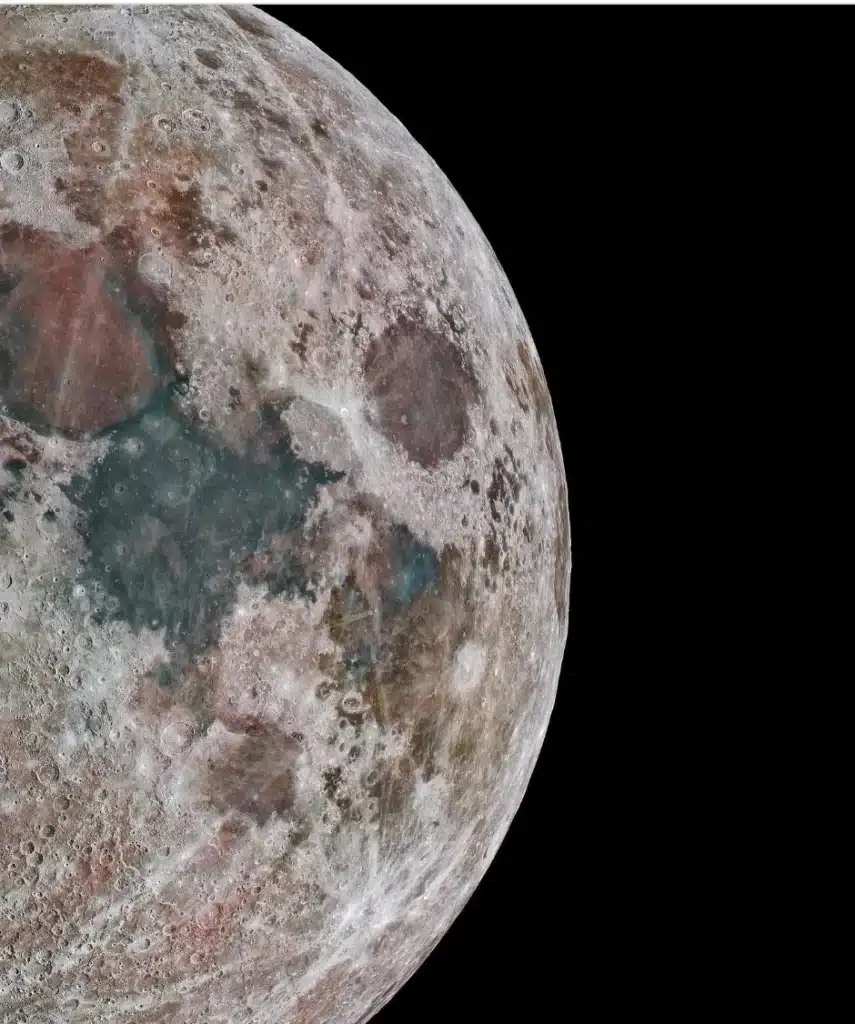
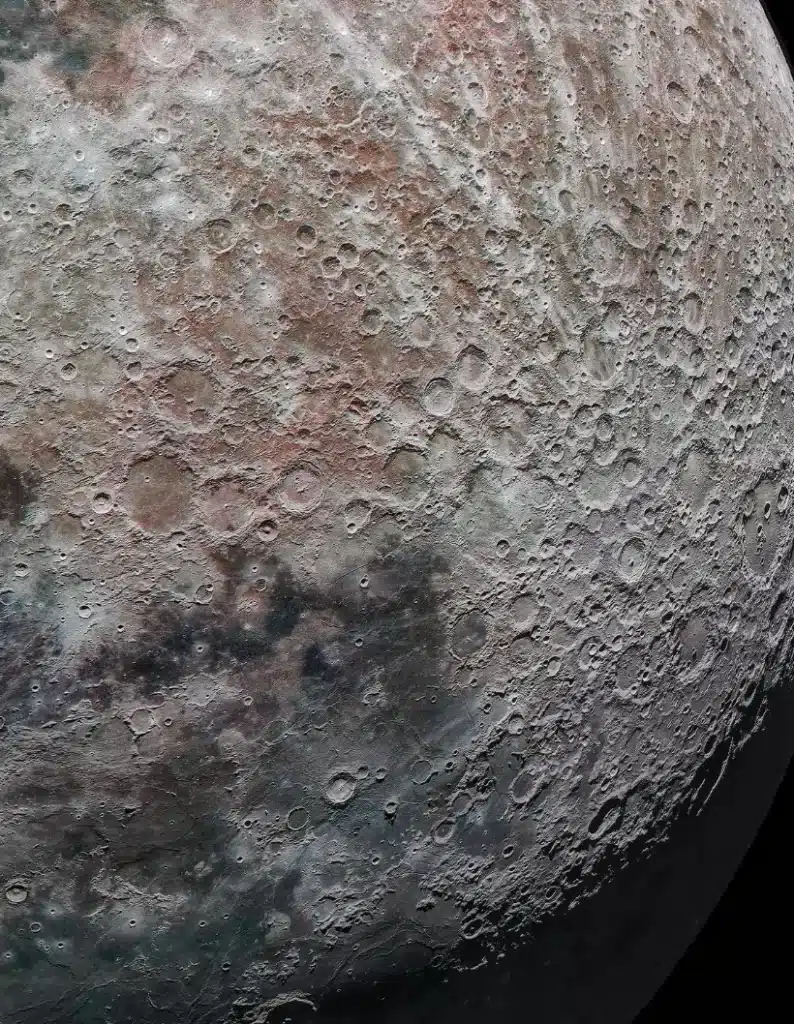
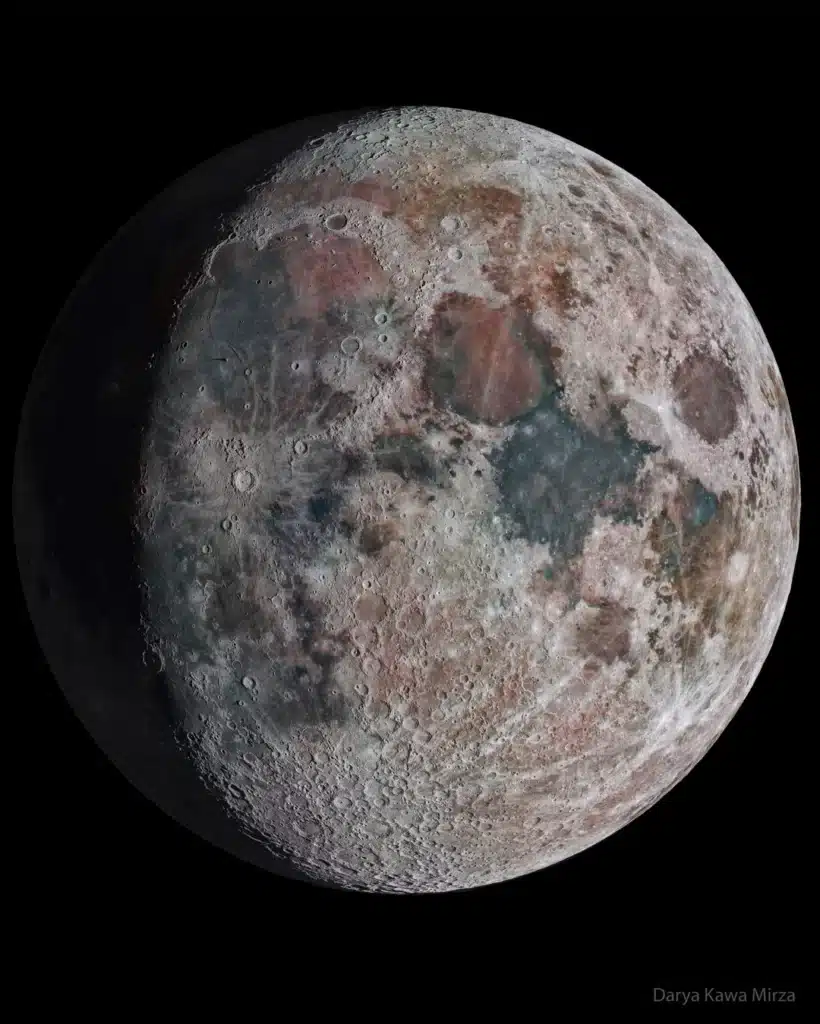
The fascination about the Moon shows no signs of abating with SpaceX and NASA collaborating to build the first Moon base.
And the images from Space have kept on coming since 2022.
As a NASA telescope discovered a Sci-Fi-like half-lava world and Japan’s Moon lander took one last photo in space before it was shut down.
DISCOVER SBX CARS: The global premium car auction platform powered by Supercar Blondie

London-based Amelia cut her journalistic teeth covering all things lifestyle, wellness, and luxury in the UK capital. Fast-forward a decade and the senior content writer and editor has put pen to paper for glossy magazines, busy newsrooms, and coveted brands. When her OOO is on from writing about cars and heading up on-site SEO you can find her spending quality time with her young family, in the gym, or exploring the city she loves.


